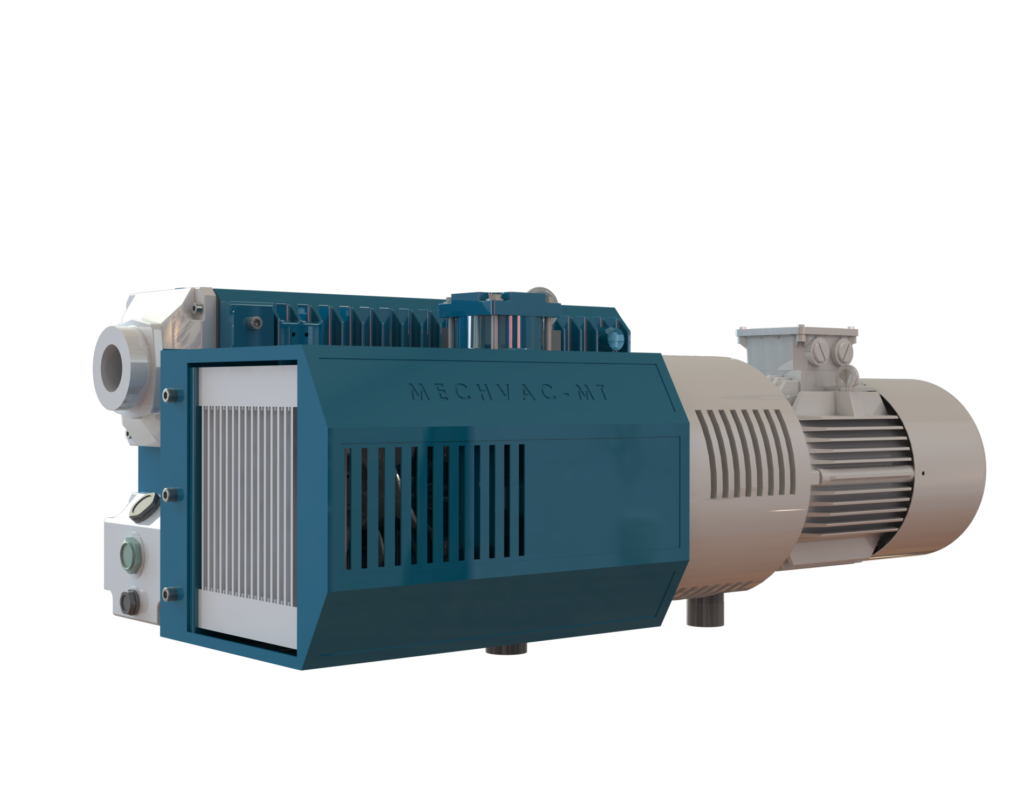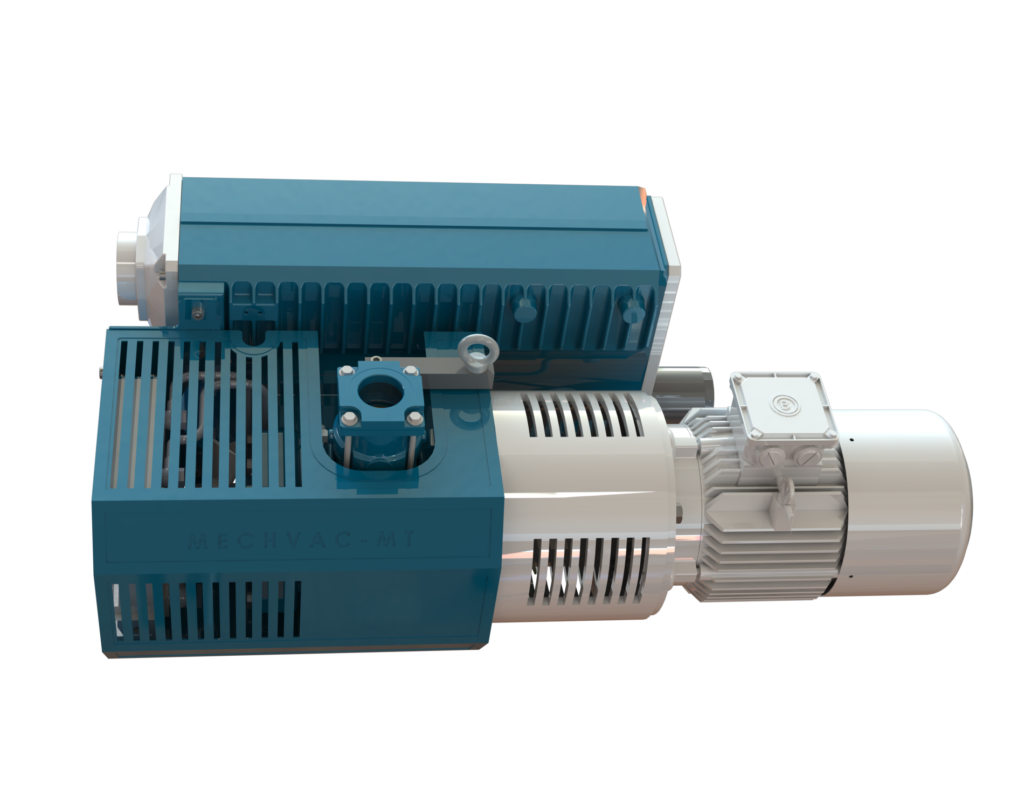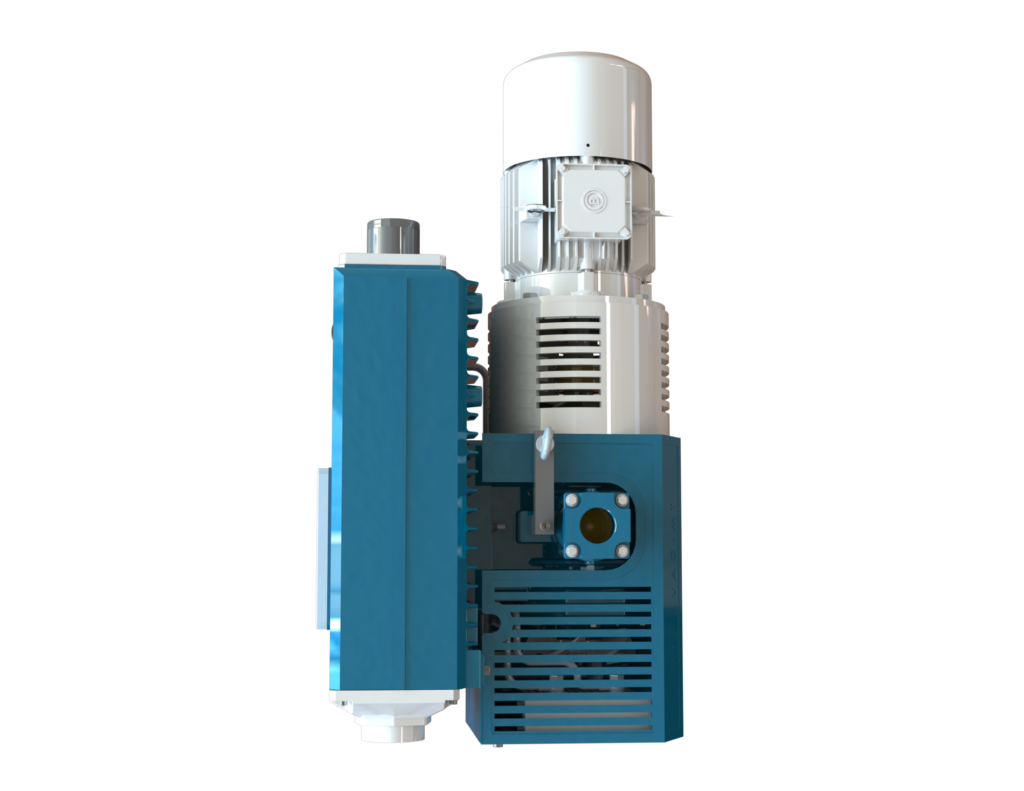


Oil SEALED Rotary Vane Pumps
The Mechvac MT Series represents the pinnacle of vacuum pump technology.
This series, which combines cutting edge direct seal rotary vane technology with expert craftsmanship, is the pinnacle of excellence, fusing cutting edge innovation with demand driven design improvements.
Made from premium raw materials, every essential part guarantees that the M Series performs exceptionally well: reaching very high vacuum levels, minimizing noise and vibration, optimizing efficiency, guaranteeing unwavering reliability, and making installation and maintenance procedures easier.
The Mechvac MT Series represents the pinnacle of vacuum pump technology. This series, which combines cutting edge direct seal rotary vane technology with expert craftsmanship, is the pinnacle of excellence, fusing cutting edge innovation with demand driven design improvements.
Made from premium raw materials, every essential part guarantees that the M Series performs exceptionally well: reaching very high vacuum levels, minimizing noise and vibration, optimizing efficiency, guaranteeing unwavering reliability, and making installation and maintenance procedures easier.
The MT Series, which is well known for its robustness and consistency, is a representation of dependability since it can easily handle situations with intermittent or continuous use.
Its adaptability is evident in the variety of sizes, design options, and matching accessories it offers, guaranteeing flawless integration with a range of operational procedures.
Maintenance procedures are also designed with the user in mind, giving operators easy maintenance.
The fundamentals of maintenance are routine oil changes and filter replacements at predetermined intervals, which require little assistance and allow operators to handle upkeep with ease.
Lots of low and medium vacuum applications, including freeze drying, process engineering, analytics, general and chemical laboratories, and more, are perfectly suited for rotary vane vacuum pumps.
Positive displacement, which occurs when air or gas volumes are contained in a closed space and compressed when the space is mechanically reduced, is how a rotary vane pump operates.
Technical Details
| Model | 50/60Hz | MT25 | MT40 | MT63 | MT100 |
|---|---|---|---|---|---|
| Flow Rate | 50Hz | 25m3/h | 40m3/h | 63m3/h | 100m3/h |
| 60Hz | 30m3/h | 48m3/h | 76m3/h | 120m3/h | |
| Ultimate Pressure | mbar(abs) | 0.5 | 0.1 | ||
| Inlet Port | Inch | G3/4 | G11/4″ | ||
| Motor Power | KW | 0.75/1.1 | 1.1/1.5 | 1.5/2.2 | 2.2/3.0 |
| Speed | Min | 1440/1720 | 1440/1720 | 1440/1720 | |
| Noise | dB(A) | 61 | 64 | 63 | 65 |
| Oil Volume | L | 1 | 1.5 | 2.2 | |
| Weight | Kg | 19 | 42 | 55 | 75 |
| Model | 50/60Hz | MT160 | MT200 | MT250 | MT300 |
|---|---|---|---|---|---|
| Flow Rate | 50Hz | 160m3/h | 200m3/h | 250m3/h | 300m3/h |
| 60Hz | 190m3/h | 240m3/h | 300m3/h | 360m3/h | |
| Ultimate Pressure | mbar(abs) | 0.1 | |||
| Inlet Port | Inch | G2″ | |||
| Motor Power | KW | 4/5.5 | 5.5/7.5 | 5.5/7.5 | |
| Speed | RPM | 1440/1720 | |||
| Noise | dB(A) | 65 | 71 | ||
| Oil Volume | L | 6 | 7.5 | ||
| Weight | Kg | 149 | 193 | ||




